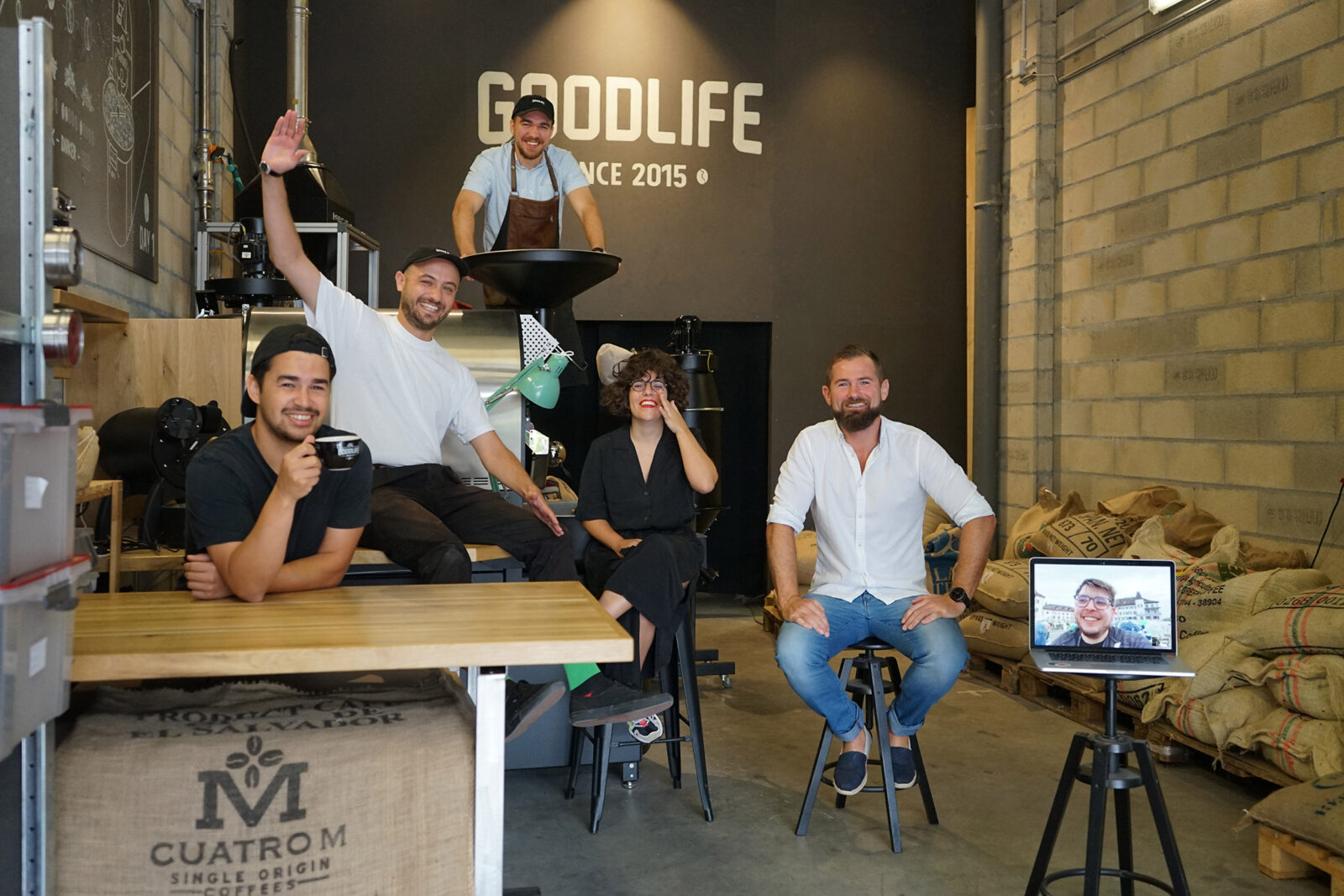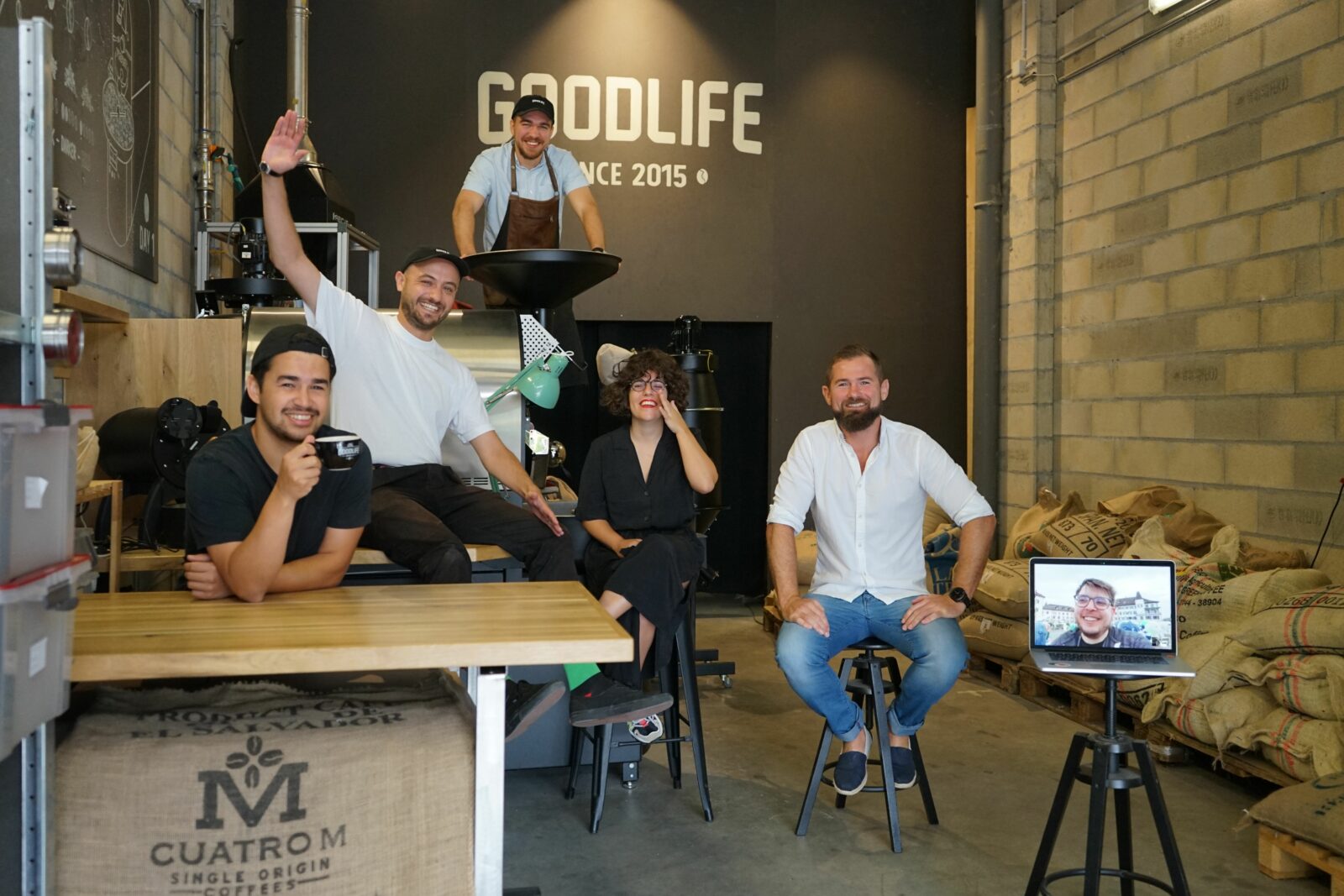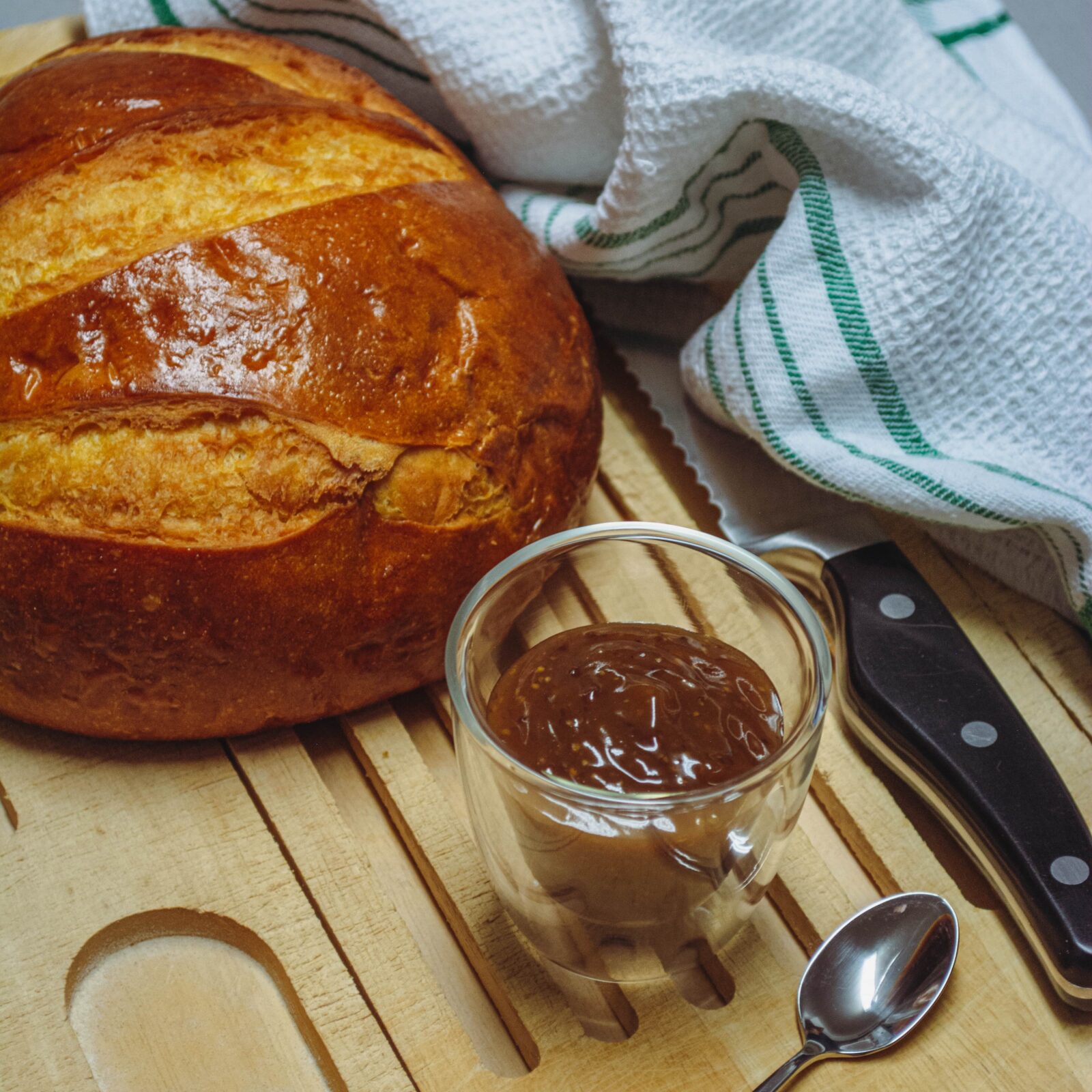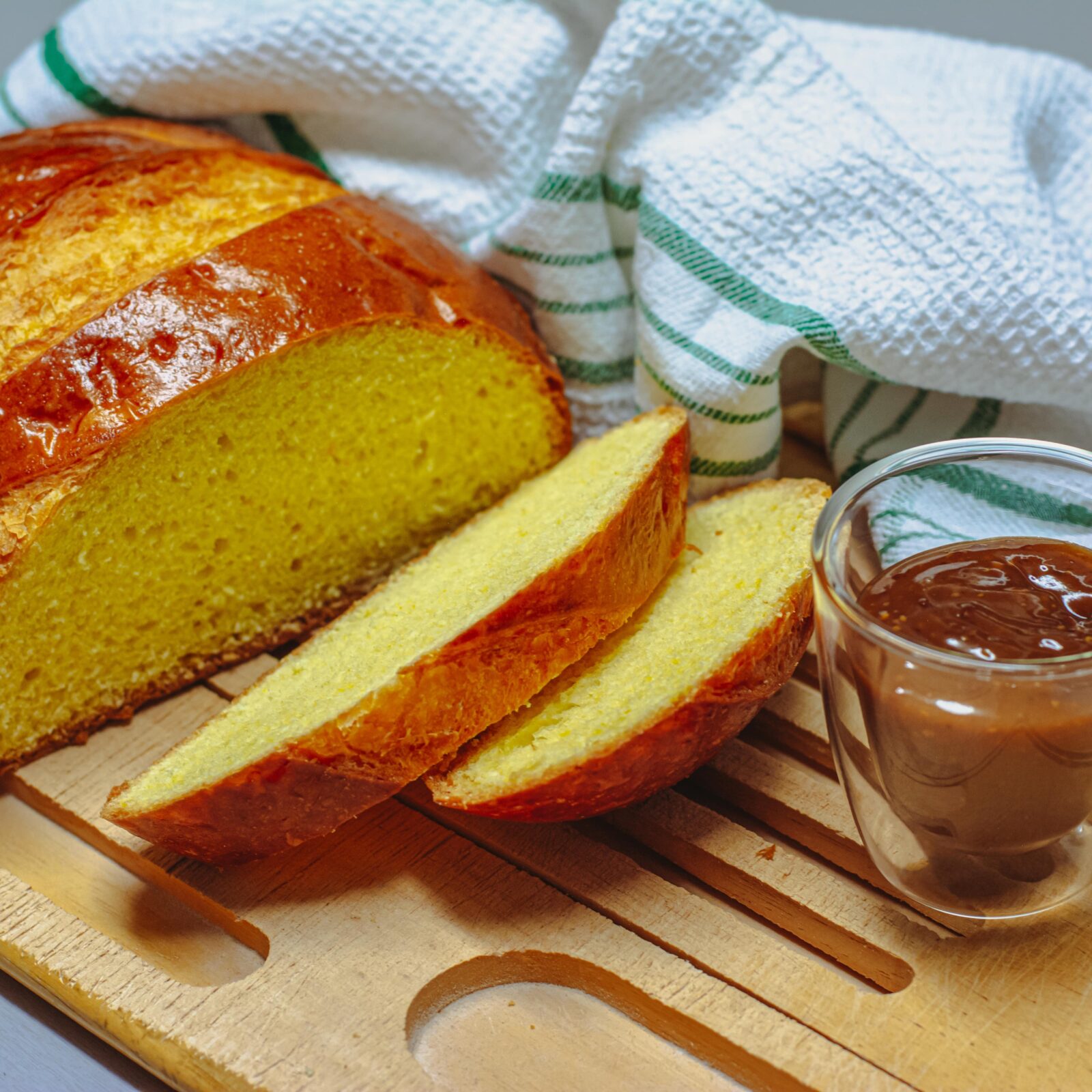

For a large part of the population, the morning rhymes with coffee. Although it has been known worldwide for many years, it is time to give this drink the star status it deserves.
Consumed in astronomical quantities around the world, coffee is one of the three most widely consumed beverages in the world, and for good reason. Healthy and delicious, it is packed with health benefits and is known to boost our energy. The ‘cherries’ – known as drupes before the pit is removed – are harvested, pulped and cleaned before the green bean that is coffee is obtained. This is where the Goodlife Coffee team comes in, as they are passionate about giving the final product the best possible colour and thus honouring the small producers.
A raw material of choice

“Specialty coffee” has become very common, just like wine. But its difference from traditional coffee lies in the fact that it can be classified as Grands Crus. In fact, there are two types of coffee: classic coffee and specialty coffee. The so-called speciality coffee must meet the highest criteria to be classified as such. The entire production chain is scrutinised and controlled from plantation to sale.
Grand Cru coffee must achieve a minimum score of 80 to be considered as such and this corresponds to the quality rating awarded by the “Specialty Coffee Association: 80 plus”. Goodlife complies with this standard and you can find their assortment on our website!
Indeed, the company highlighted today has 80 plus certified products, which guarantee the quality of the coffee, its origin and the exact traceability of which farm it comes from.
From product to consumer

Specialty coffee is not just a coffee to be roasted. In the process, it is important to highlight the dedication of the farmer who cultivates his coffee trees from the very first moments until the fairest possible remuneration.
Then, the explanation of his Grands Crus and roasting have a significant impact on the quality of the product. An attempt is made to embellish all the steps carried out by the farmer up to the roaster. The hard work from the plantation to the cup motivates The Goodlife Coffee to offer an exceptional 100% Arabica coffee in the colours of the speciality.
Each cherry, each coffee bean has its own story to tell in the know-how. This is why this small company from the north of Lausanne, based in Savigny, strives to offer more than just a product but a “coffee moment“, an experience in its own right.






